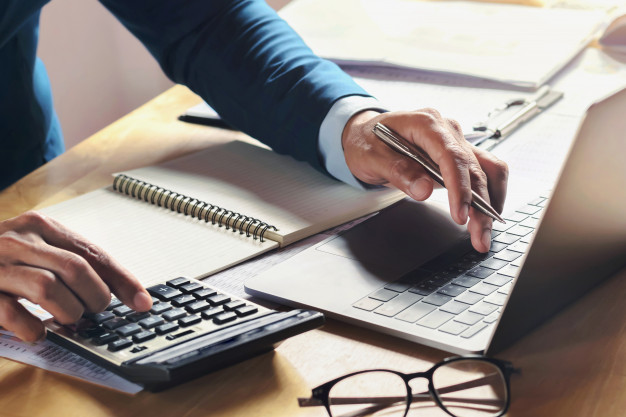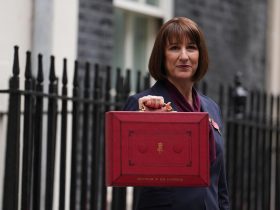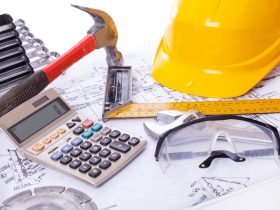While preparing and serving quality food to the customers is a primary part of running a restaurant, maintaining the restaurant’s accounts is also equally important to make it profitable.
If you don’t understand restaurant accounting or hospitality sector accounting concepts, keeping your money under control can be challenging while running a restaurant, café or takeaway shop.
This blogpost covers the following topics:
Table of Content
Why is restaurant accounting important?
Restaurant accounting is the process of collecting, recording, interpreting, and analysing the financial information of a restaurant.

It can help you to run your restaurant efficiently by providing the following benefits:
1. To understand your restaurant’s financial position and performance. You can make better financial decisions when youhave detailed reports of your restaurant’s financial activities.
2. To analyse how much cash you have spent over a period of time. It also helps forecast the future cash flow to plan better as per the needs of your business.
3. To determine the cost of the goods sold (COGS). When you know your COGS, you can easily decide the prices of the items on your menu and seek the desired profit margin.
With accurate restaurant accounting, you can calculate:
● The number of orders that your restaurant receives
● The profit that it earns daily
● The inventory that you have at a given point in time
● The amount that you are paying to your staff
All this information can help you track your expenses, manage your cash flow and create a budget for your restaurant.
What are the basics of restaurant accounting?
Accounting for restaurants does not have to be dreaded or pushed off until the last minute. You can easily understand how to do restaurant accounting with the help of the following steps:
1. You need to choose one of the following accounting methods that your restaurant will follow:
| Cash-based accounting | Accrual-based accounting |
| Under this, income and expenses are recorded when money is either received or paid. Cash basis accounting is simple, but it does not show a business’s liabilities. It is also less efficient and reliable than the accrual basis of accounting. | Under this, the items of income and expenses are recorded when they occur. It includes business unpaid financial liabilities. Though accrual accounting is more complex, it is the most commonly used method to give an accurate picture of the business’s overall financial health. |
2. Regular bookkeeping. Make sure that your books are maintained and reconciled regularly.
3. Before creating a budget, you should decide on an accounting period. You can use 13 periods, each period consisting of four weeks or 12 months.
There are days when a restaurant is consistently crowded and days when it is consistently slow. In that case, it is better to use the 13 periods method.
4. Restaurant accounting software can automate all your work and provide accurate results. Thus, it is essential to choose accounting software that integrates with your point of sale (POS) and efficiently generates financial reports.
5. You need to have a point of sale (POS) system that can work well with your accounting software. A POS is used to track orders and payments (made through either cash or credit card) and merge them with the sales reports to save time.
What are the key financial reports needed for restaurant accounting?
A restaurant’s financial reports can help you assess its financial health, compare it with your previous performances, and take timely measures to improve its financial situation.
The 5 financial statements that a restaurant must maintain. These are:
● Balance sheet
You can get an overview of your restaurant’s net worth by assessing the assets and liabilities of your restaurant shown in the balance sheet.
● Profit and loss statement
It shows the revenues and expenses. It helps to analyse whether the restaurant is operating at a loss or profit.
● Cash flow statement
It analyses the cash inflows and outflows in a given accounting period. The cashflow activities are usually divided into operating, investing and financing activities.
● Revenue report
A revenue report allows you to estimate how much revenue you have made in a given period. You can make daily, quarterly or monthly reports to determine whether you have made a profit or not.
Revenue reports also help you forecast future sales based on past sales trends.
● Prime cost reports
Prime cost is the cost of goods sold (COGS) plus labour.
Cost of Goods Sold (COGS) + labour
A prime cost report can help you to set your profit margin by providing the cost of producing and serving your product to the customers.
Prime cost percentages vary depending upon the type of restaurant you run. It will be lower for a takeaway only restaurant, whereas a full-fledge eat-in restaurant will have a higher Prime cost percentage.
What KPIs should you track under restaurant accounting?
● Sales
Sales are one of the most critical KPIs you need to study as a restaurant owner. It helps in the determination of critical key metrics like gross profit (the profit after the cost of goods sold is detected) and break-even point (the point at which total revenue is equal to the total costs).
Sales should be broken down into service offerings and product lines. Knowing these analytics is critical.
● Cost of goods sold
The cost of goods sold represents the amount spent by the restaurant on the supplies used to produce and sell the menu items. Determining the COGS can help you to control your cost without compromising the quality of your product.
- COGS = Purchases + Inventory at the beginning of the accounting period – Inventory at the end of the accounting period
- Labour cost
Labour cost includes overtime pay, bonuses, taxes, salaries and wages, and other employee benefits. The ideal labour cost should be 30-40% of the restaurant’s total revenue, depending on the business model.
- Historical sales
Historical sales help to track your restaurant’s performance over time. By analysing the past performance data, you can forecast the future trends and plan accordingly for your restaurant.
- Prime cost
Prime cost is the sum of the total labour cost and the cost of the goods sold. Maintaining the ideal prime cost of 55-65% can result in higher profits for the restaurant.

Conclusion
Effective restaurant accounting is the key to the success of your business.
Restaurant accounting may seem overwhelming, especially if you don’t speak the accounting language. But once you grasp the basic concepts of accounting in a restaurant, you can ensure the profitability of your business.
By hiring a professional firm of accountants, you can make this whole procedure easier and more efficient.









Leave a Reply